By Corey Sandler
We are currently at sea, circling the British Isles. Beginning in Bergen, Norway, we crossed the North Sea to Scotland and headed for Edinburgh, the Shetland Islands, the Orkney Islands, Northern Ireland, the Republic of Ireland, Wales, and a pilgrimage to Liverpool. Fab!
Then we’ll do it again, in reverse. (Port calls, that is. Our ship will mostly travel pointy-end first.)
Yesterday we made a unscheduled call at Portsmouth in the U. K after a storm prevented us from our scheduled visit to Dublin.
As it turned out we got to see the preparations for the departure of the Clipper Round the World sailing yacht race. It will take about 11 months to complete. I asked if there were any last-minute crew spots to fill, but I was overruled by my better half.
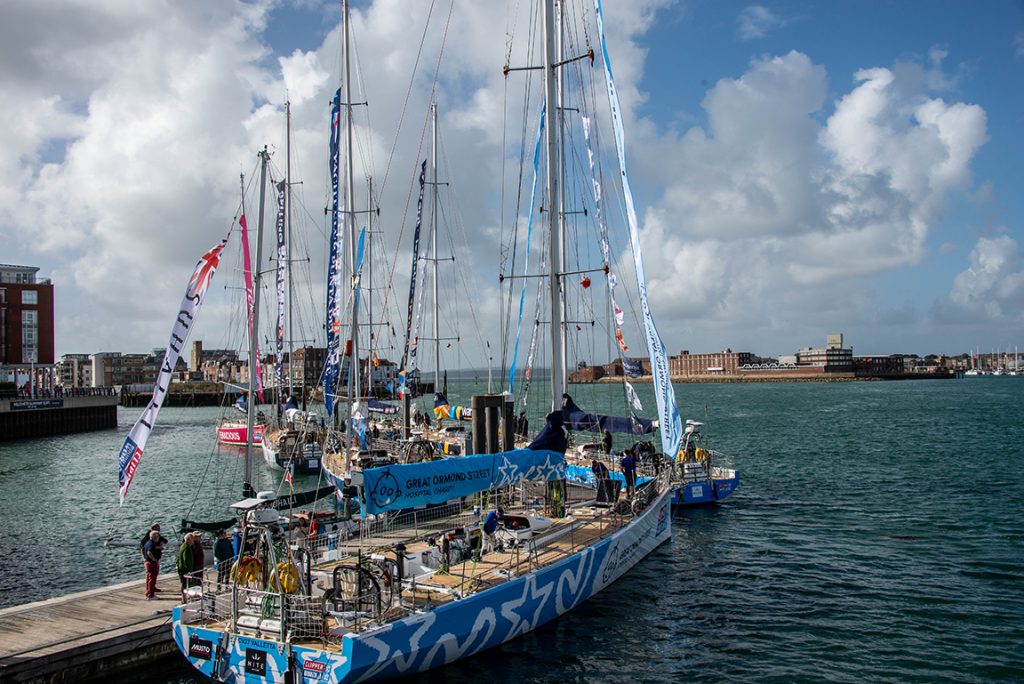
And we also went to the Portsmouth Dockyard where we saw Horatio Nelson’s flagship Victory.
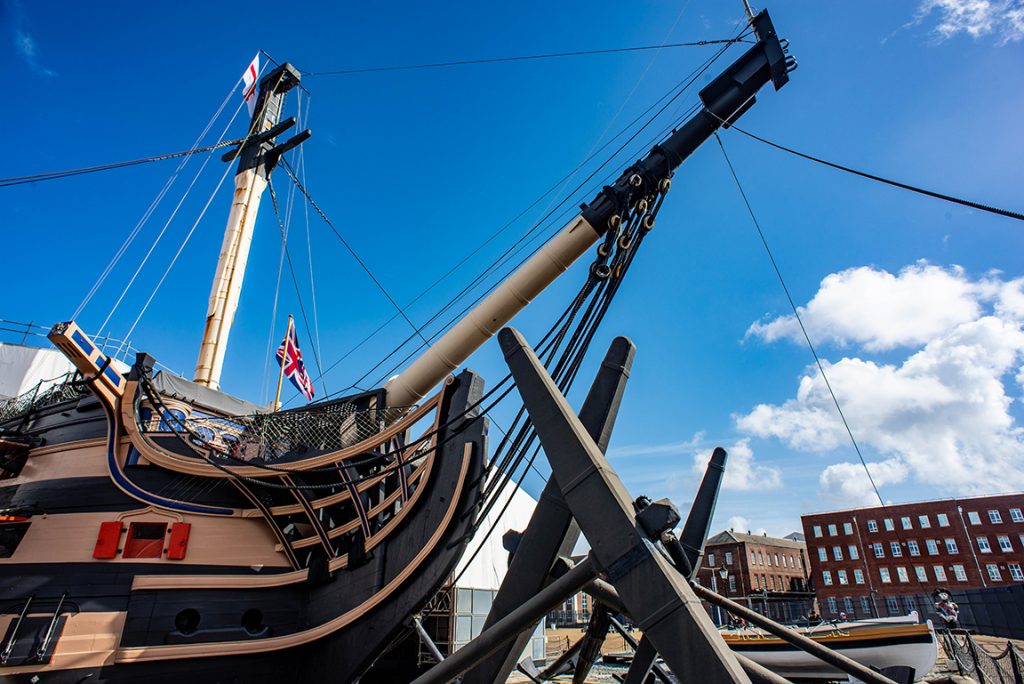
Nearby we saw one of only three surviving British ships that took part in the Battle of Gallipoli in 1915.
I’ll have more photos from our circle of the British Isles in coming months here in my blog.
Meanwhile, I thought I’d pick up on part two of my chase for waterfalls.
So where were we?
Iceland’s Waterfalls
The land of Ice could have just as reasonably have been named the land of Water or the land of Volcanos. All three phenomena are just about everywhere on the great island.
The glaciers and icefields up high on the volcanos drain–at a worryingly increasing rate–down to the sea over spectacular falls .
My favorite is Goðafoss in the north country, not far from Akureyri. The name can be translated as “Waterfall of the Gods” (goð) or perhaps as “Waterfall of the Chieftain” (goði).
Modern historians think the name came from a pair of rocks which sorta-kinda resemble pagan idols. But tour guides seem to prefer an unsupported story that points to the en masse conversion of Icelanders to Christianity in the year 1000 by act of the Icelandic parliament which led the speaker of the assembly, Þorgeir, to throw his effigies of Norse gods into the waterfall.
Either way, it is one impressive cataract. Here’s one of my favorite photos of the falls, converted to black-and-white for drama.
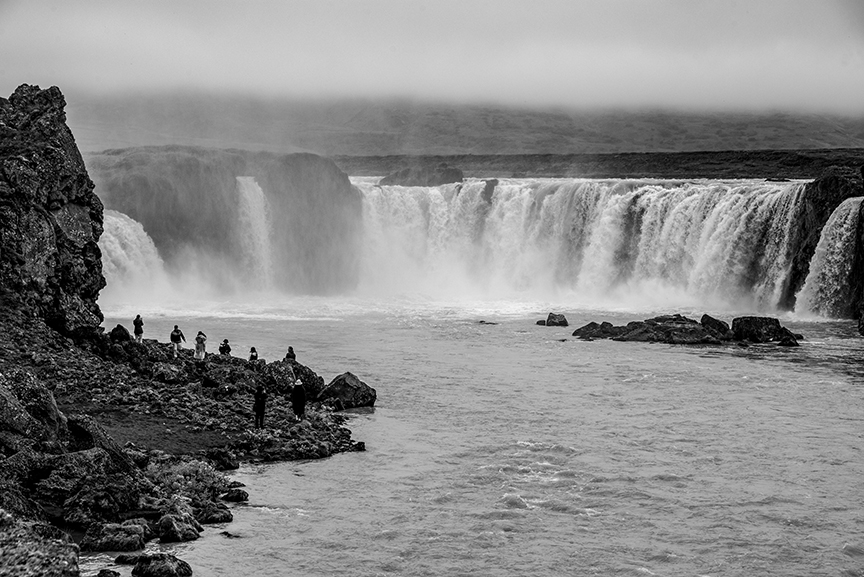
Another spectacular cataract is Dynjandi in the Westfjords, which is in aggregate a much higher fall. Seven waterfalls combine for a drop of about 660 feet.
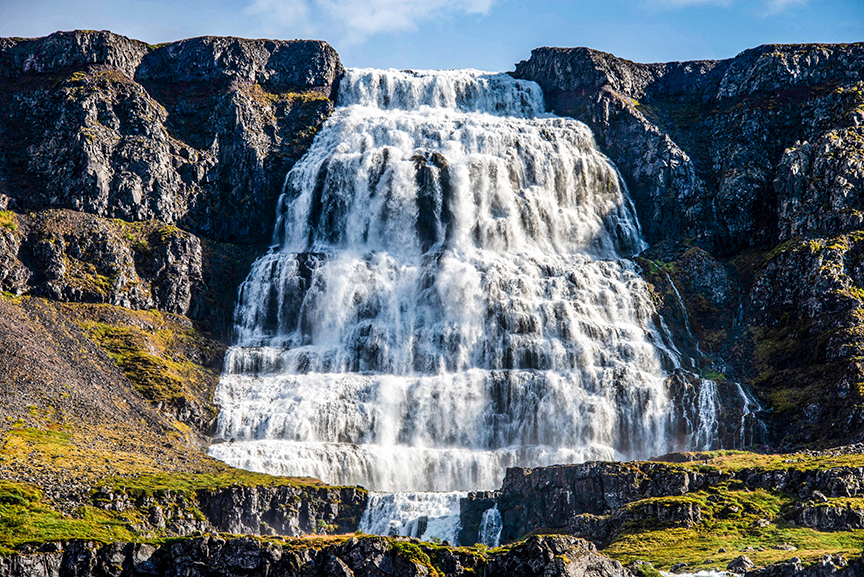
The tiny town of Seyðisfjörður on Iceland’s east coast is best known as the terminus for the ocean-going ferry that connects to the Faroe Islands and on to Denmark, and also as the setting for the Icelandic murder mystery series “Trapped.”
Just above the town are a pair of small, ethereal falls: Buðarárfoss and the Seyðisfjörður. They are reachable on foot from the town and worth the effort.
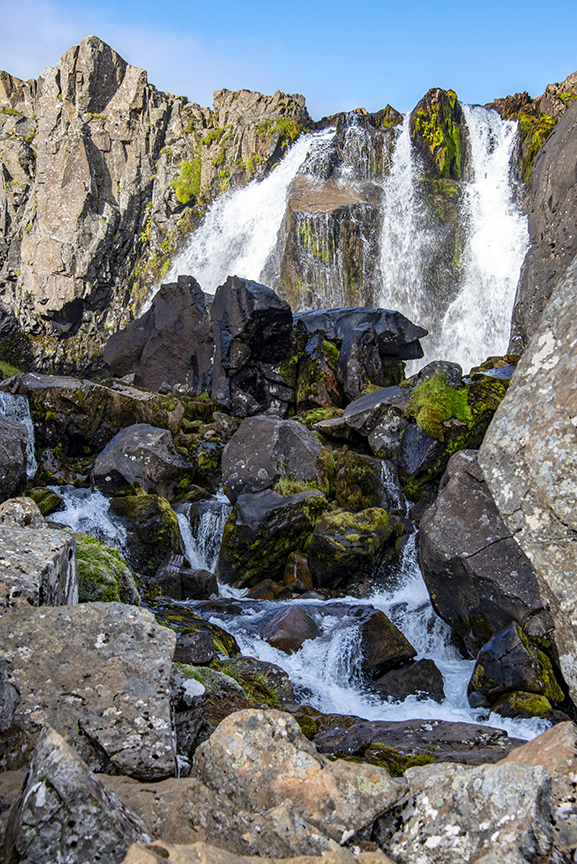
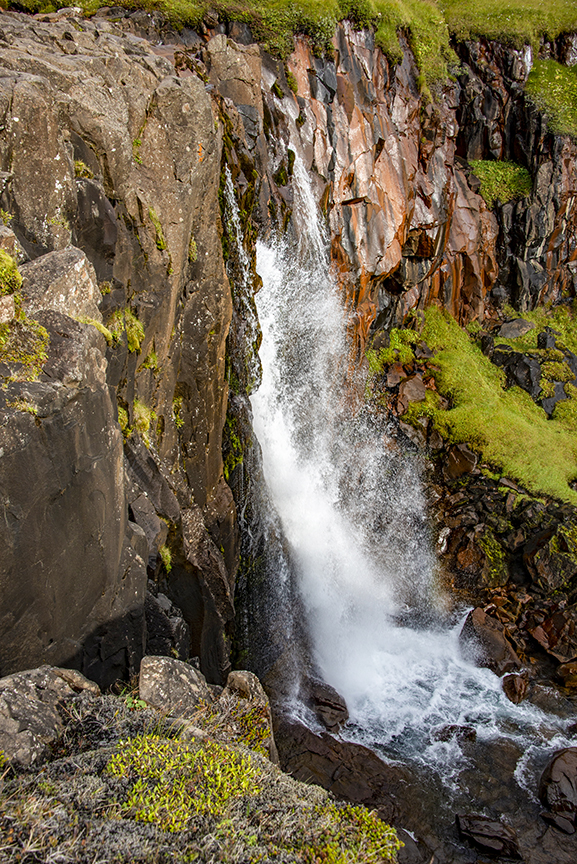
Up the Rails to Norway’s Kjossfoss
The port of Flåm in Norway is visited by about 160 cruise ships bringing a lot of people to a very small place.
Flåm (pronounced “flome”) takes its name from an Old Norse word, flá, meaning a plain, flat piece of land, referring to the flood plains of the Flåm River.
There are two interlinked attractions: the famed Flåmsbana railroad, one of the steepest standard train lines in the world, and the Kjossfoss cataract halfway up the mountain.
And for some of us, an additional lure near the train station: the Ægir Bryggeri, a very fine craft brewery named after the Norse god of the seas. Quite appropriately, it is my go-to brew aboard ship.
The train has gradients of as much as 6 percent, rising a total of 3,300 feet in 12 miles. In other words, steep.
It was originally planned by Norwegian business interests to bring commerce down to the port in the fjord. The uncompleted project was taken over by Germany after the World War II invasion and used for their purposes.
Today, the train is a major tourist attraction in Norway with tracks reaching down to the cruise ship dock.
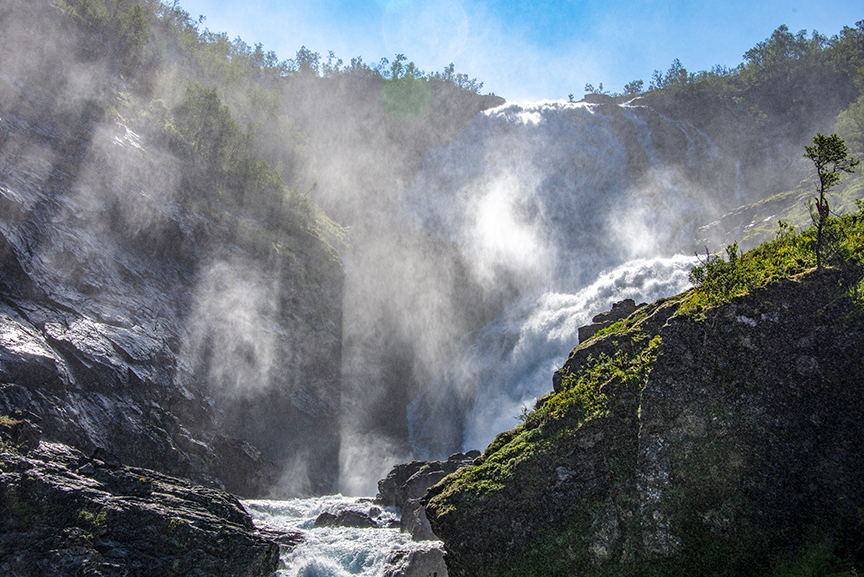
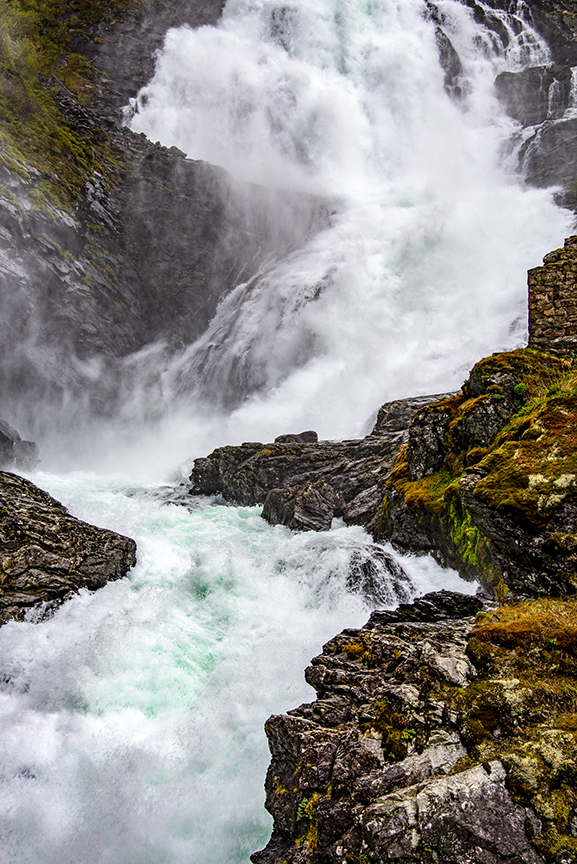
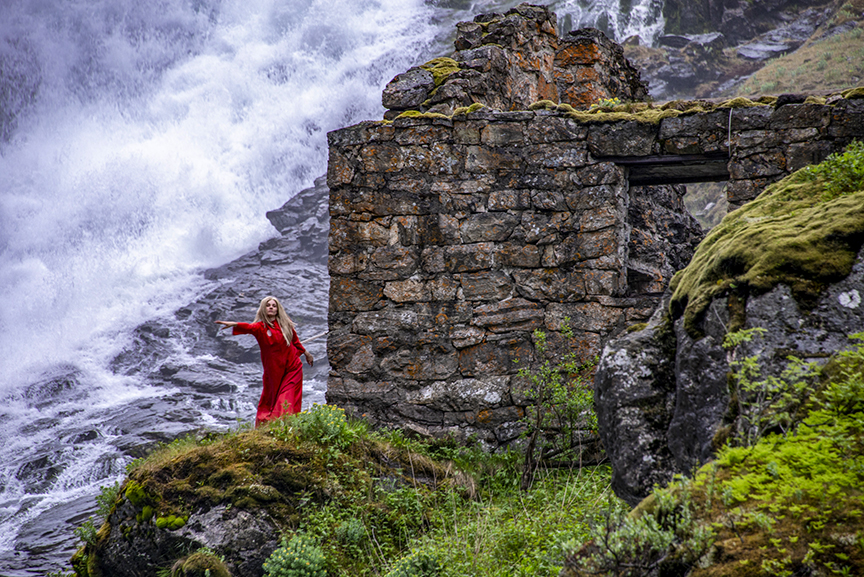
All text and photos are by Corey Sandler, all rights reserved. Copyright 2025. If you want to obtain a copy of one of my photographs for personal or commercial use, please contact me using the link on this page.
If you’d like to order a copy of my book, “Henry Hudson Dreams and Obsession” you can obtain a Kindle or PDF version by clicking here: HENRY HUDSON DREAMS AND OBSESSION
Or if you would prefer to purchase a printed book in hardcover or paperback (personally autographed if you’d like) please send me an email for details. Click here to contact me.
